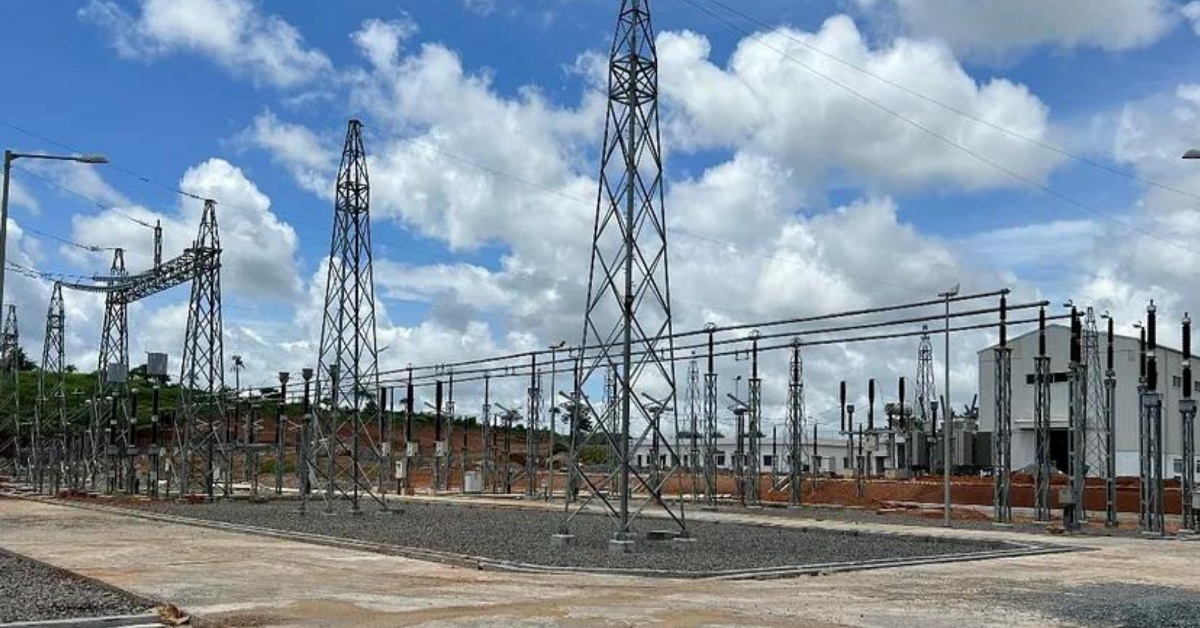The transnational Cote d’Ivoire-Liberia-Sierra Leone-Guinea (CLSG) interconnection project is at an advanced stage and promises to benefit over 20 million citizens in the four Mano River Union (MRU) countries.
In 2012, the four countries signed a treaty to generate power from Cote d’Ivoire.
The transmission currently generates power from Cote d’Ivoire at a cheaper cost and has a maximum capacity of over 240 MW.
The project is being Power Africa which has been sponsoring the CLSG’s Project Management Unit (PMU).
The CLSG transmission is working in collaboration with participating countries’ utilities including Electricity Distribution and Supply Agency (EDSA), the Liberia Electricity Corporation (LEC), electricite de Guinee (EDG) and CI-Energies in Cote d’Ivoire.
The idea of the project emanated from the fact that Sierra Leone, Guinea and Liberia have one lowest electricity access in the world and the three countries spend huge sum of money to generate electricity.
The project will see three countries spend $0.13 kilowatt hour than the estimated $0.27 kilowatt spent currently.
The early phase of the project has seen cities like Bo and Kenema in Sierra Leone, Nzerekore in Guinea benefit from electricity supplied from Cote d’Ivoire. It is already benefitting 100 localities from 96,000 connections.
The transmission has also assisted partner countries to reduce CO2 emissions substantially. For example, Sierra Leone shutdown a thermal plant which was emitting 52,333 tons of CO2 and Guinea also shut downed a 2MW diesel generator that was emitting over 14,000 tons of CO2 last year.
The CLSG Project is part of the West Africa Power Pool (WAPP) geared towards the development of the energy sector in the African sub-region.




 Post a comment
Post a comment









